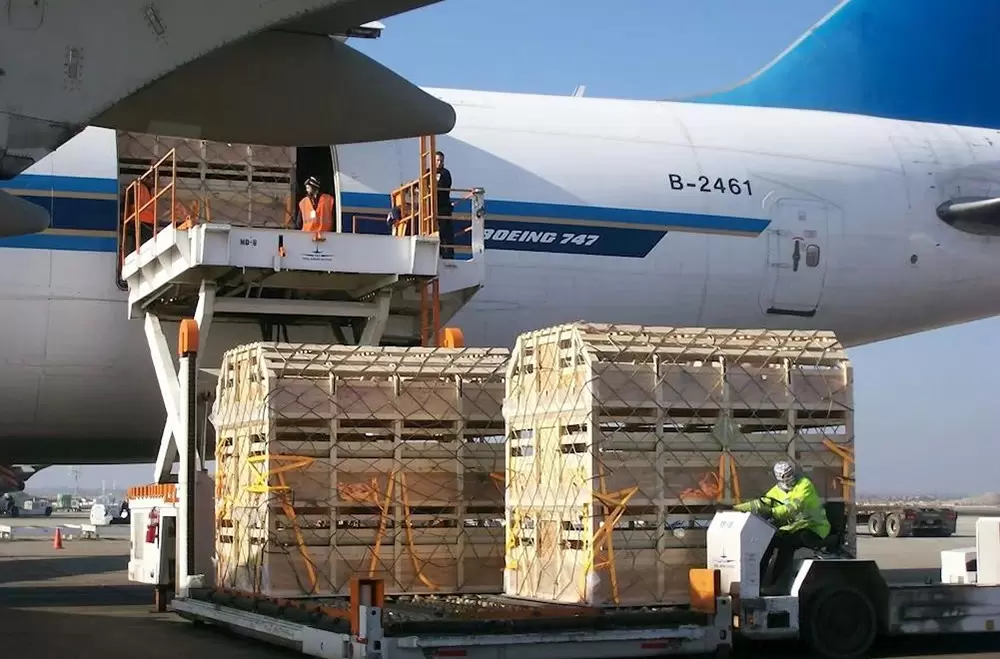The Unparalleled Safety of Air Transport: A Comprehensive Analysis

Air transport has revolutionized the way we travel, connecting people and goods across the globe. However, concerns about safety often arise when considering air travel. In this article, we will delve into the topic of air transport safety, exploring the various layers of security measures, advanced technologies, and rigorous regulations that make air travel one of the safest modes of transportation in the world.
- Stringent Safety Regulations:
Air transport is subject to rigorous safety regulations imposed by international aviation authorities such as the International Civil Aviation Organization (ICAO) and national regulatory bodies. These regulations cover every aspect of aviation, including aircraft design, maintenance, pilot training, air traffic control, and airport operations. Compliance with these regulations is mandatory, ensuring a high level of safety across the industry. - Advanced Aircraft Design and Technology:
Modern aircraft are engineered with cutting-edge technology and undergo extensive testing before they are certified for commercial use. From redundant systems to advanced avionics, aircraft manufacturers prioritize safety in their designs. Features such as anti-icing systems, fire suppression systems, and lightning protection contribute to the overall safety of air travel. Additionally, ongoing research and development continually improve aircraft safety, with innovations like composite materials and advanced flight control systems. - Robust Maintenance Procedures:
Airlines adhere to strict maintenance procedures to ensure the airworthiness of their aircraft. Regular inspections, maintenance checks, and component replacements are carried out according to prescribed schedules. Highly trained and certified maintenance technicians meticulously follow manufacturer guidelines and regulatory requirements. Furthermore, airlines maintain comprehensive records of maintenance activities, allowing for traceability and accountability. - Pilot Training and Experience:
Pilot training is a critical aspect of air transport safety. Pilots undergo extensive training programs that include theoretical knowledge, simulator sessions, and flight hours. They are trained to handle various emergency scenarios, navigate adverse weather conditions, and operate advanced avionics systems. Additionally, pilots gain experience through recurrent training and flying hours, further enhancing their skills and decision-making abilities. - Air Traffic Control and Navigation Systems:
Air traffic control (ATC) plays a vital role in ensuring the safety of air transport. Highly trained controllers monitor and guide aircraft throughout their journeys, ensuring safe separation and efficient routing. Advanced radar systems, communication technologies, and navigation aids enable precise tracking and guidance, minimizing the risk of collisions and ensuring smooth operations. - Safety Management Systems:
Airlines and aviation organizations implement Safety Management Systems (SMS) to proactively identify and mitigate potential risks. SMS involves continuous monitoring, analysis of safety data, and the implementation of preventive measures. By fostering a safety culture and encouraging reporting of safety incidents, SMS contributes to the ongoing improvement of safety standards in air transport.
Conclusion:
Air transport has achieved an unparalleled level of safety through a multi-layered approach that encompasses stringent regulations, advanced technology, robust maintenance procedures, pilot training, efficient air traffic control, and proactive safety management systems. While no mode of transportation is entirely risk-free, the aviation industry's unwavering commitment to safety has made air travel one of the safest options available. So, the next time you board a plane, rest assured that you are embarking on a journey that has been meticulously designed and executed with your safety in mind.




